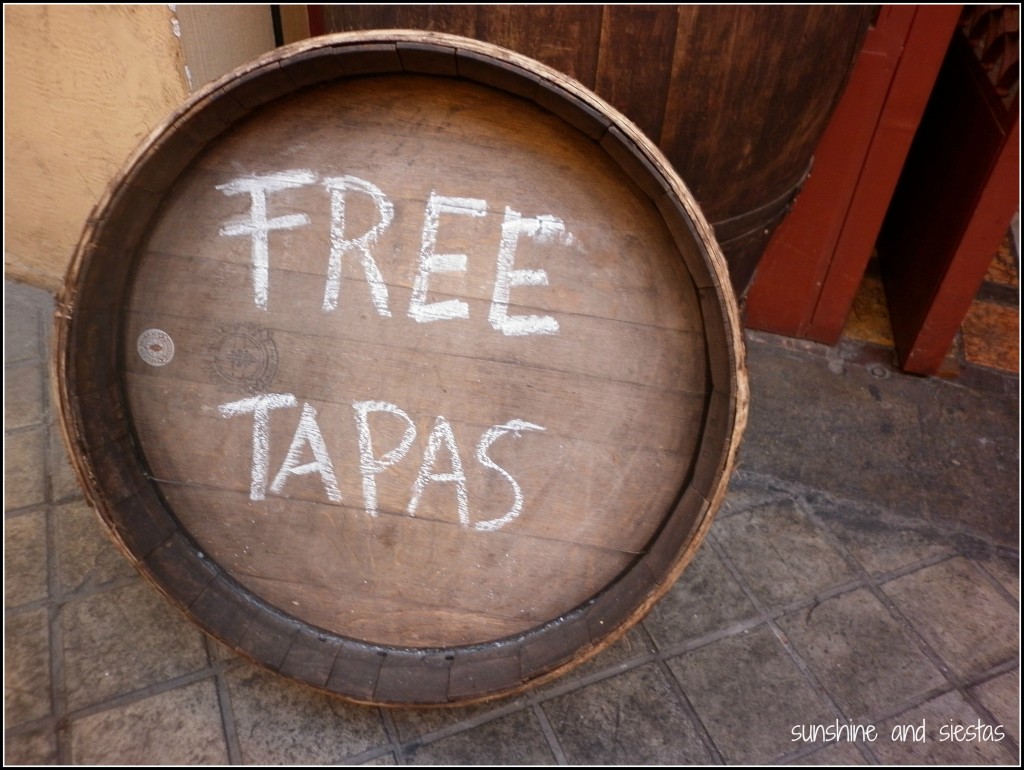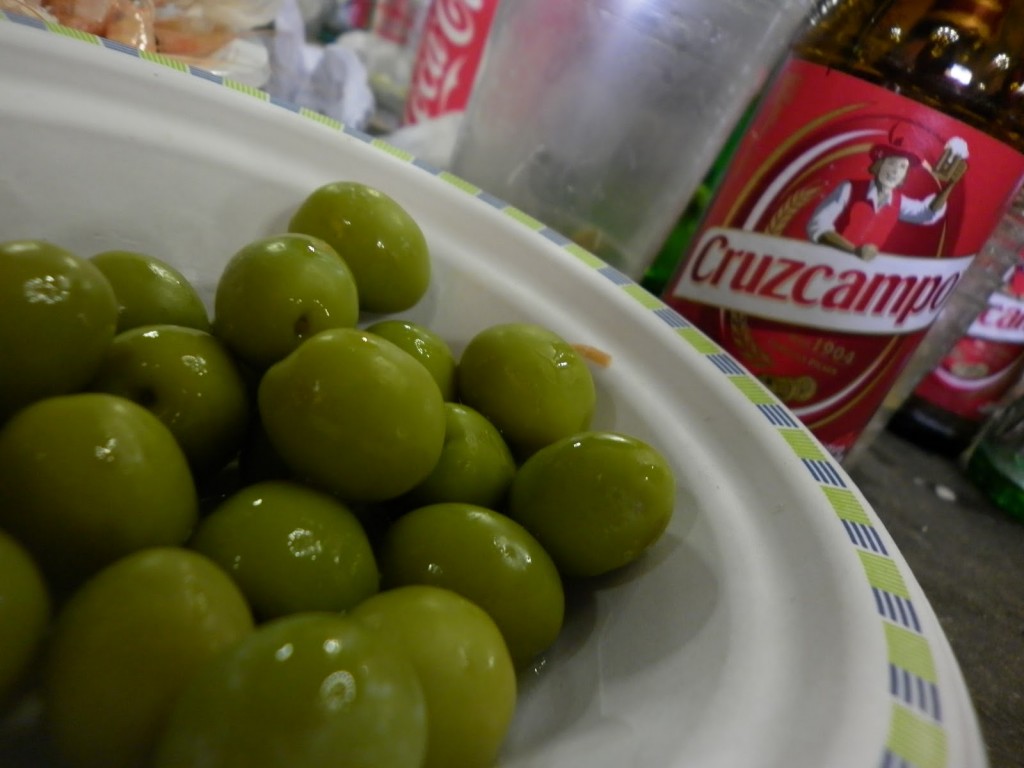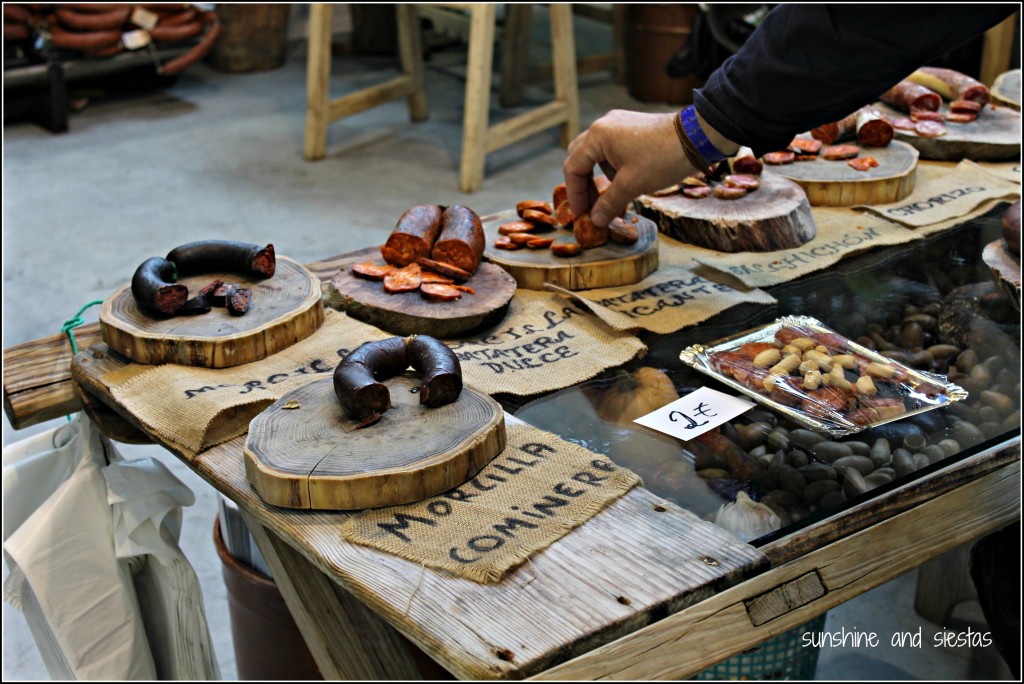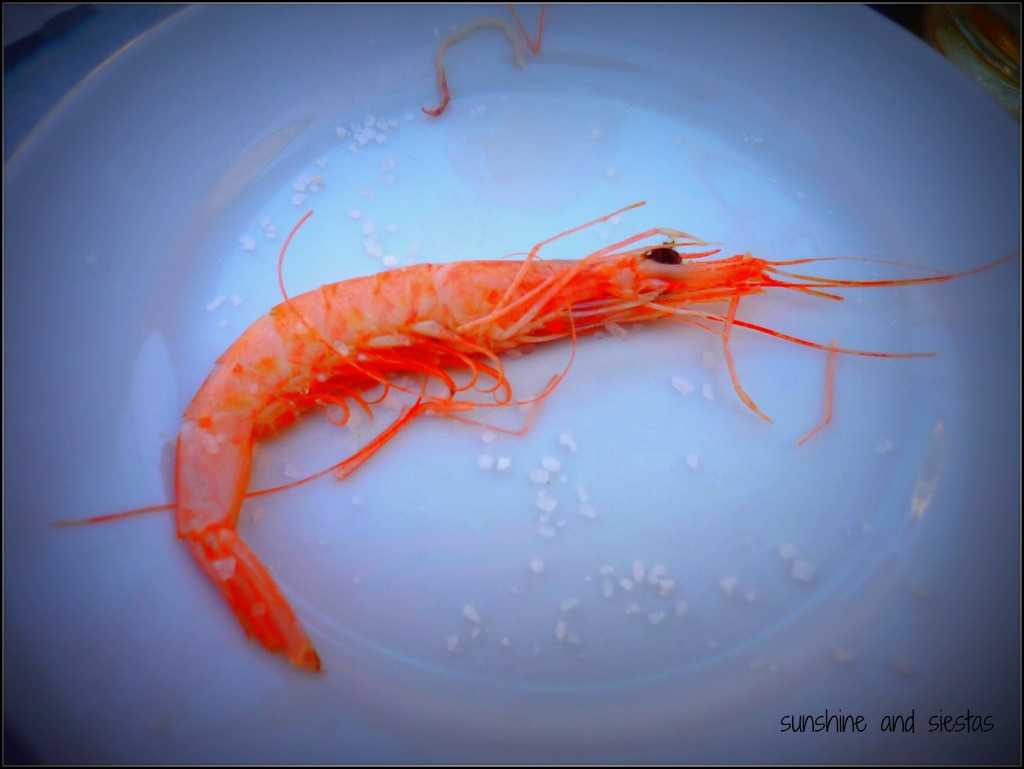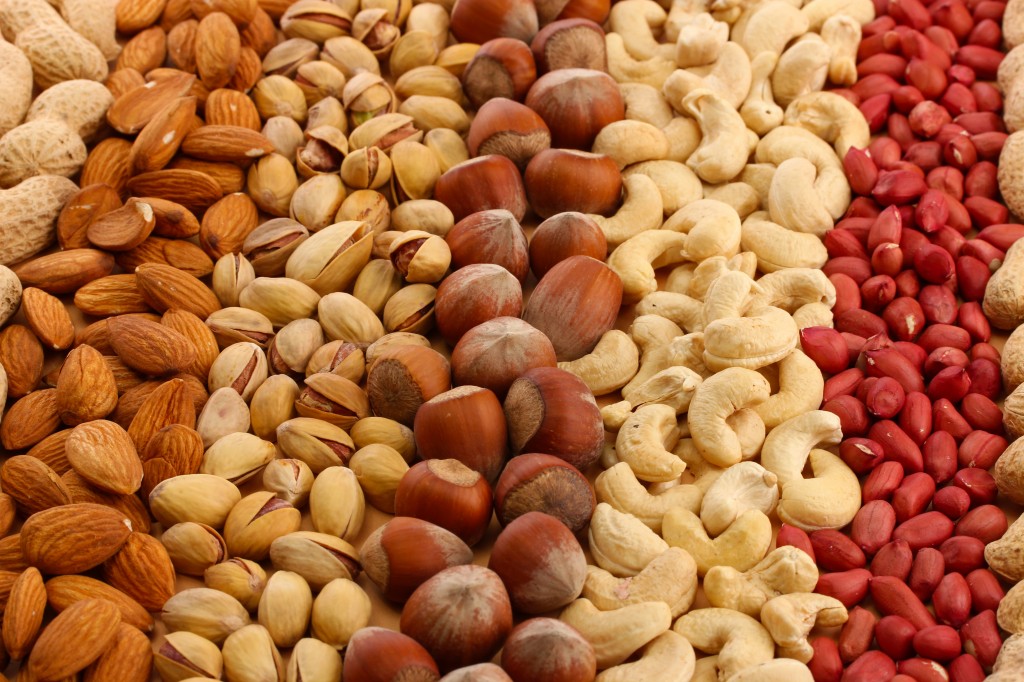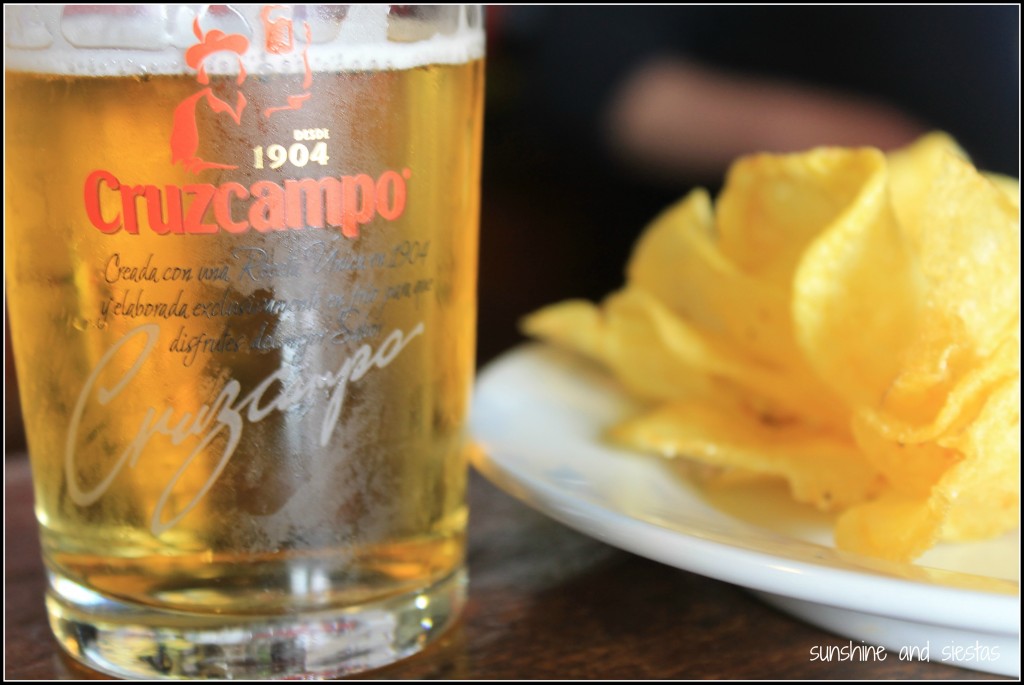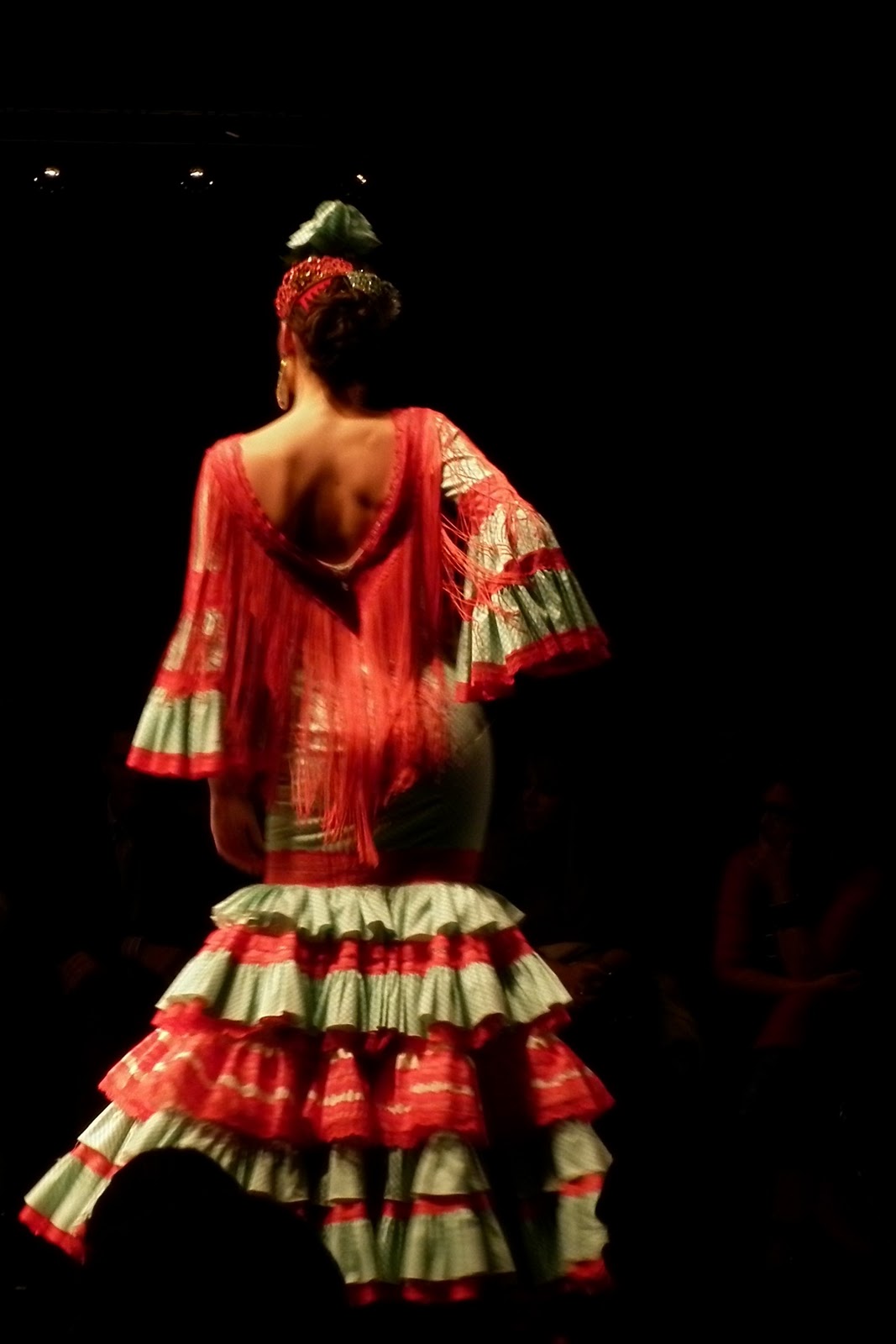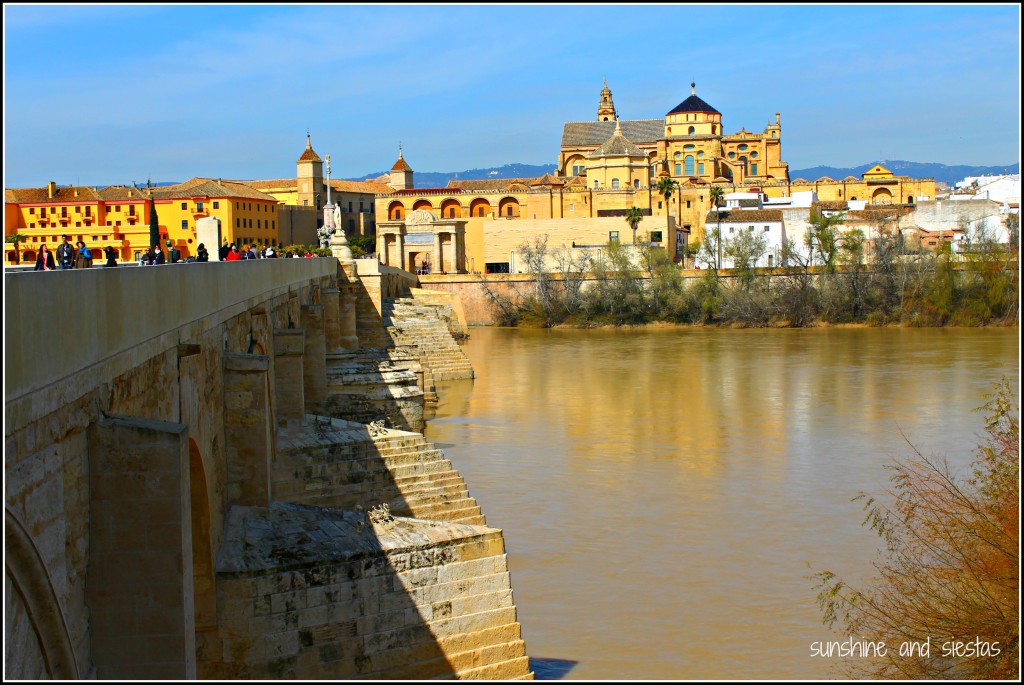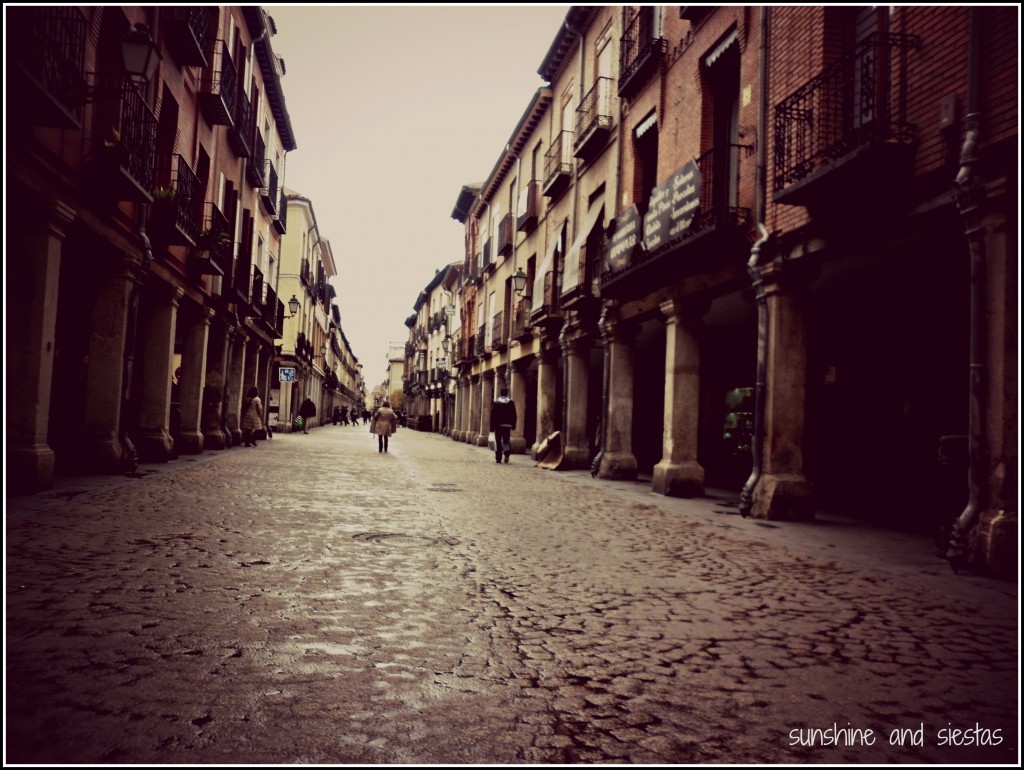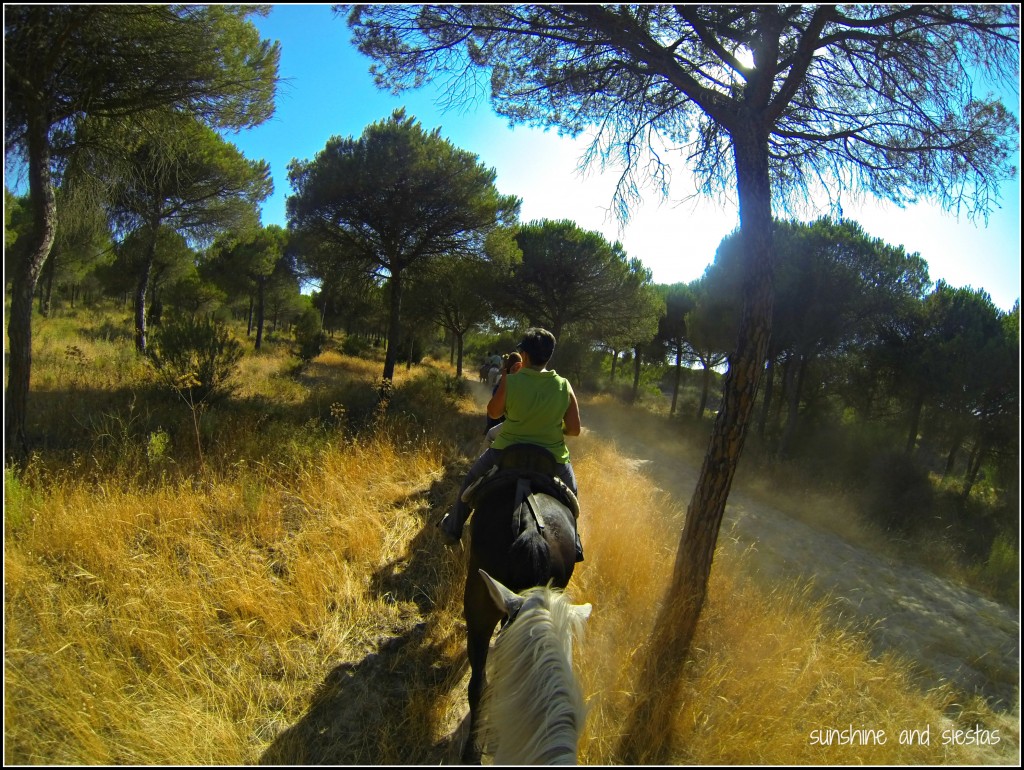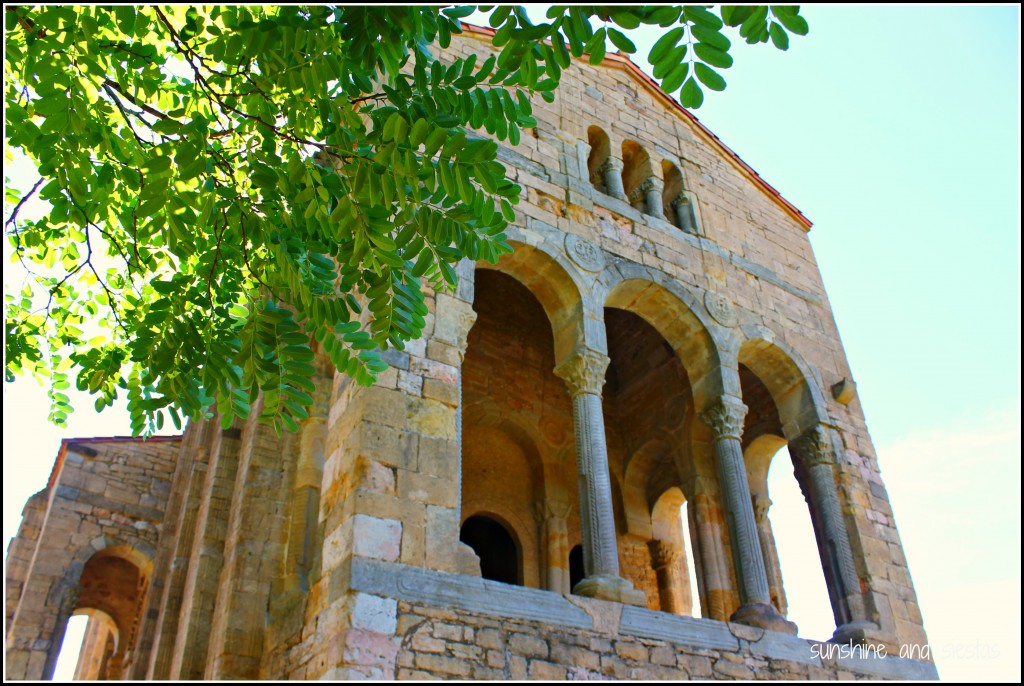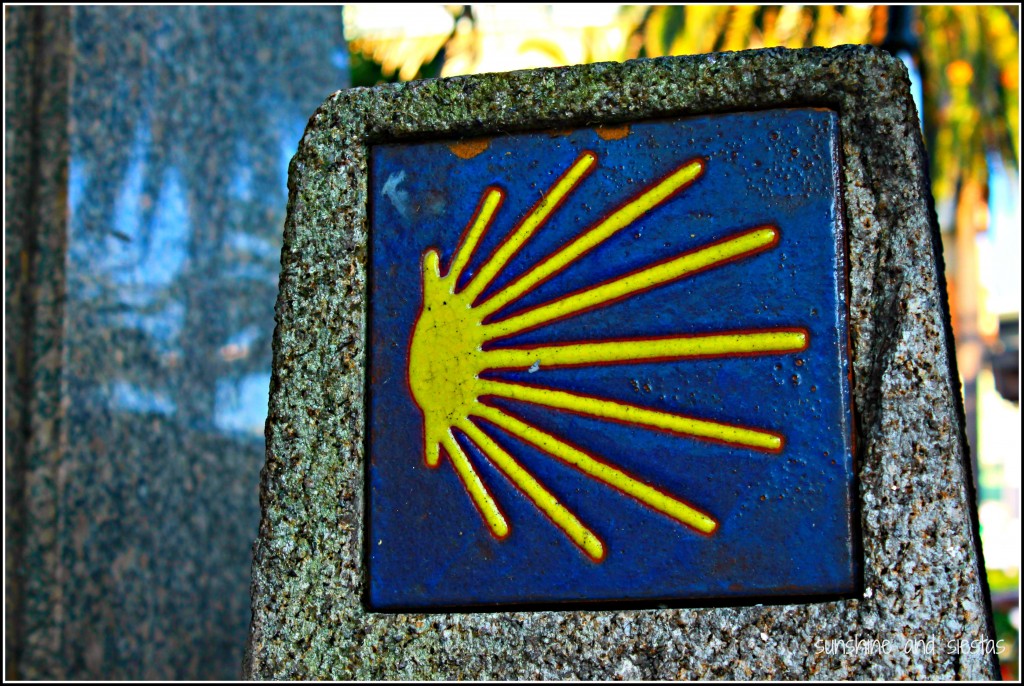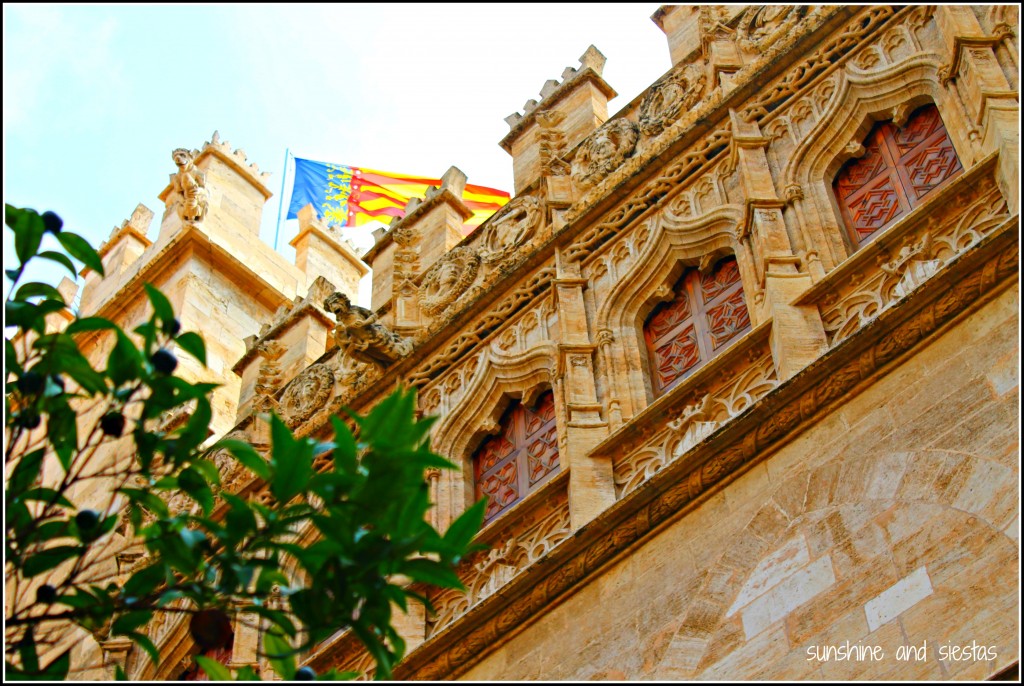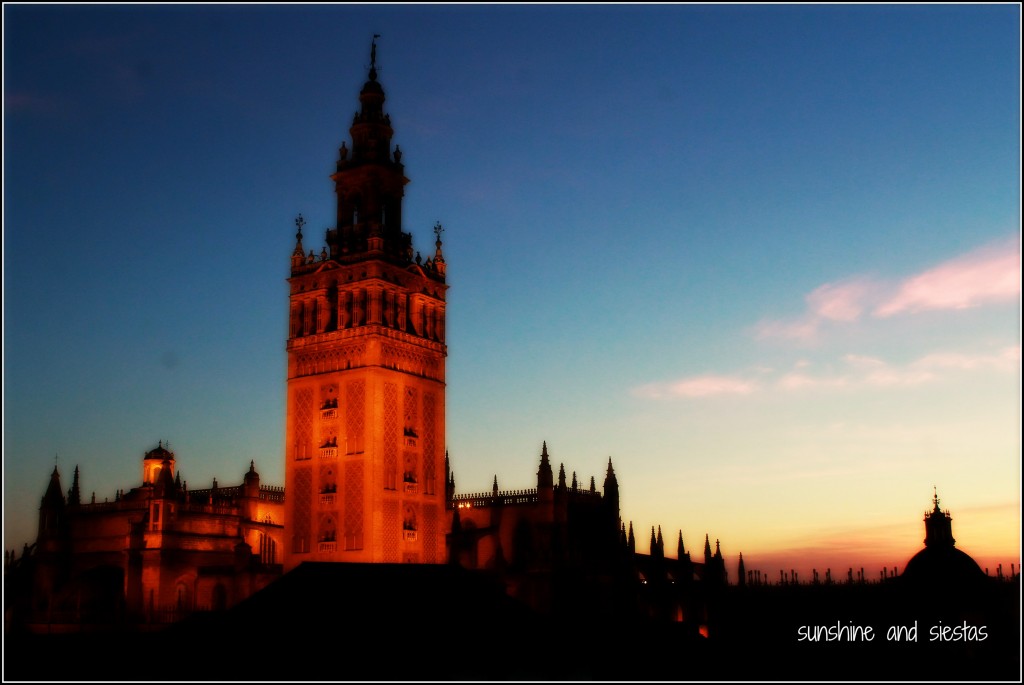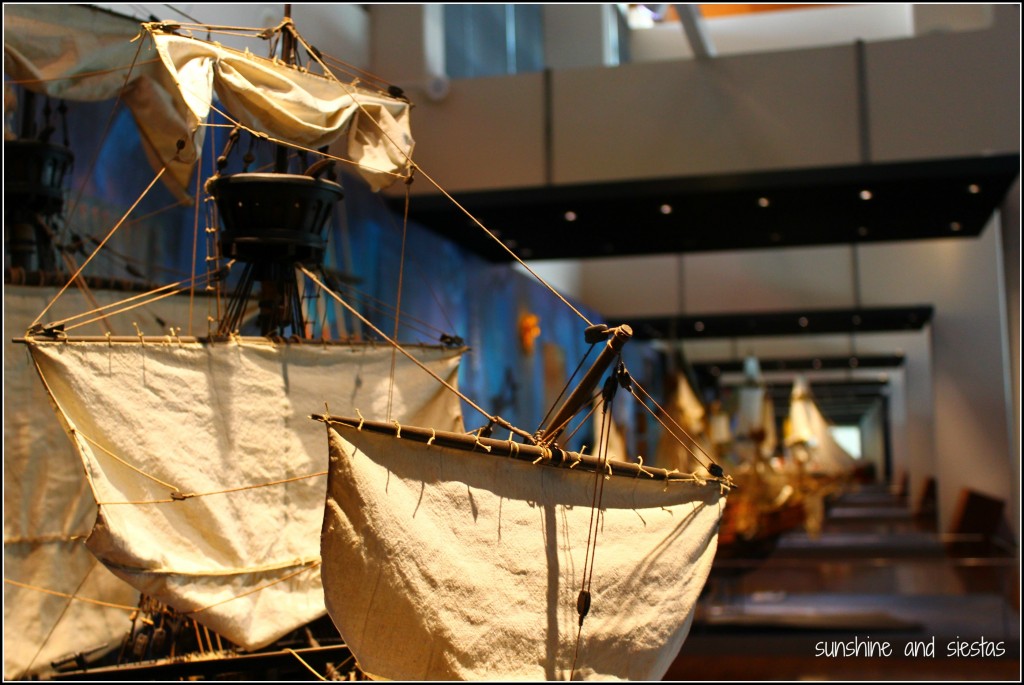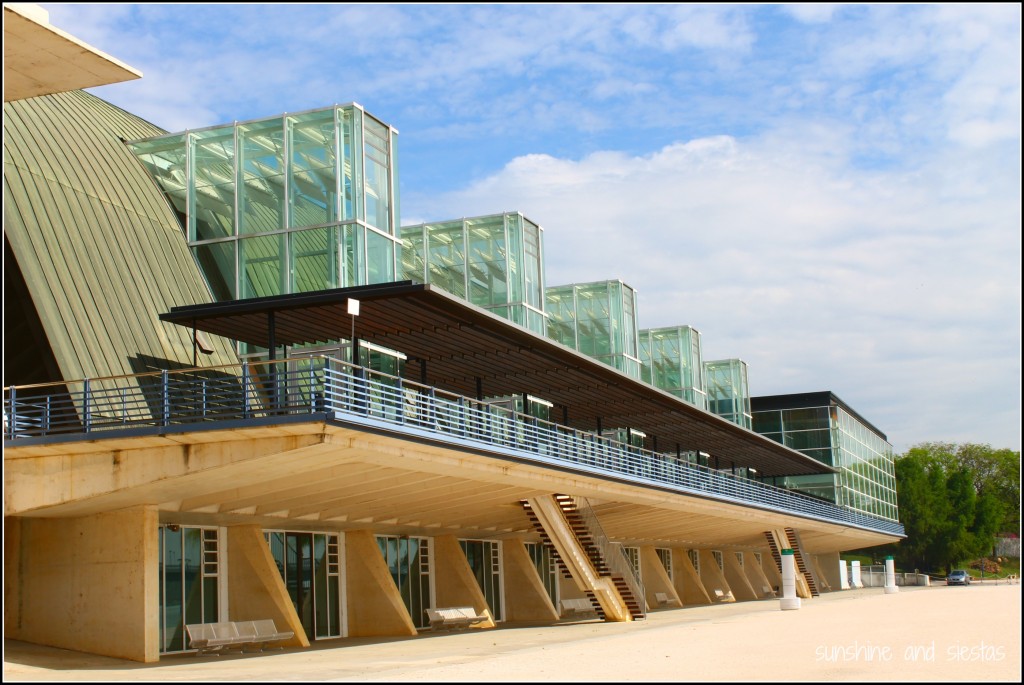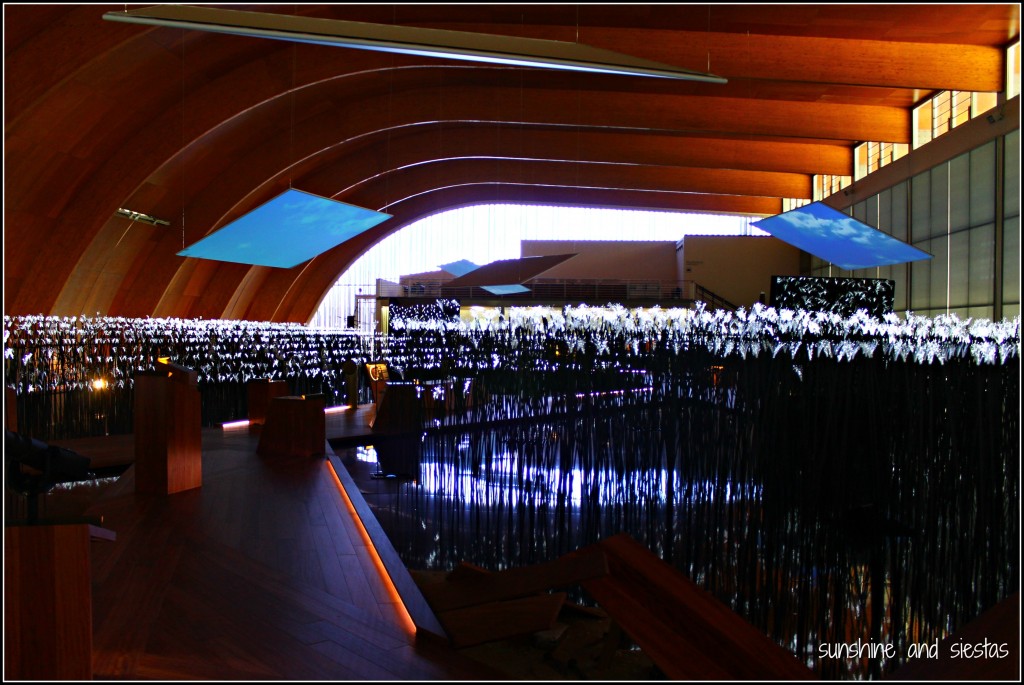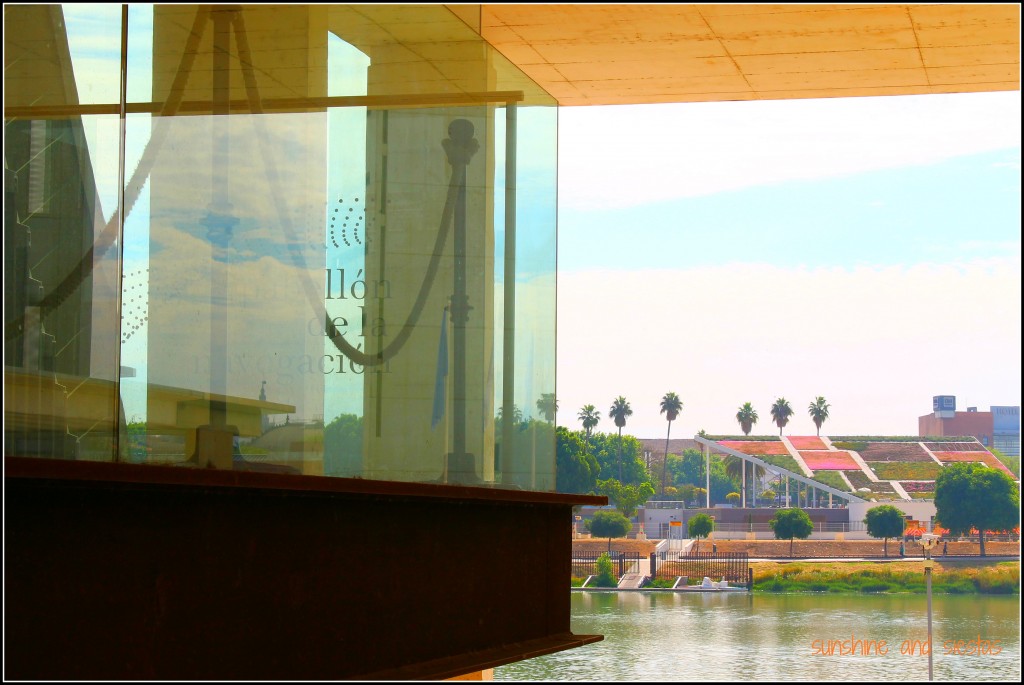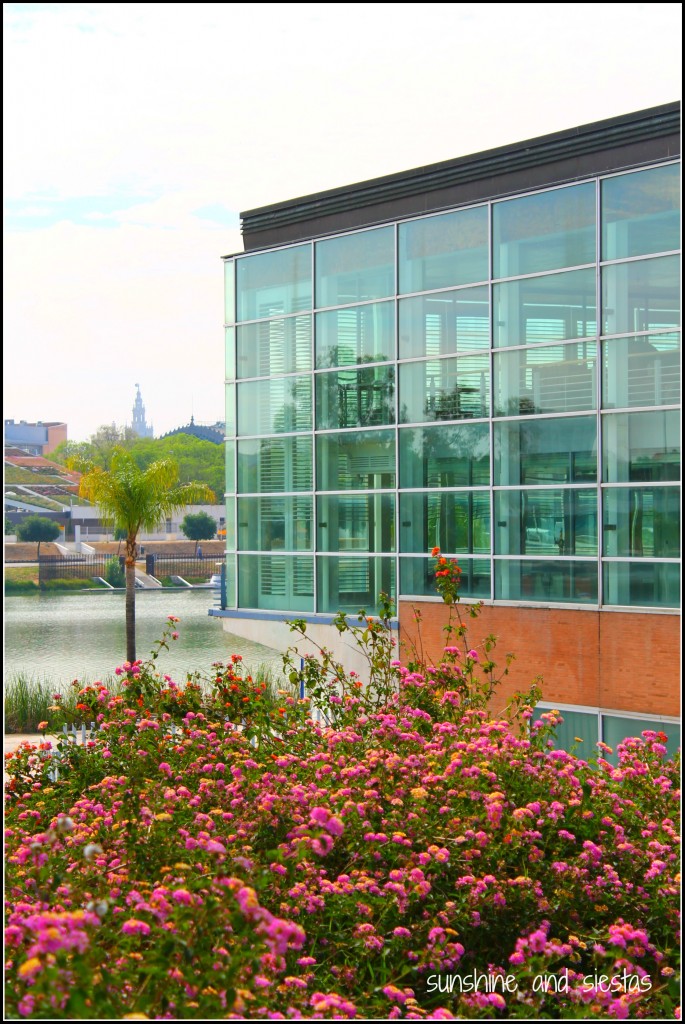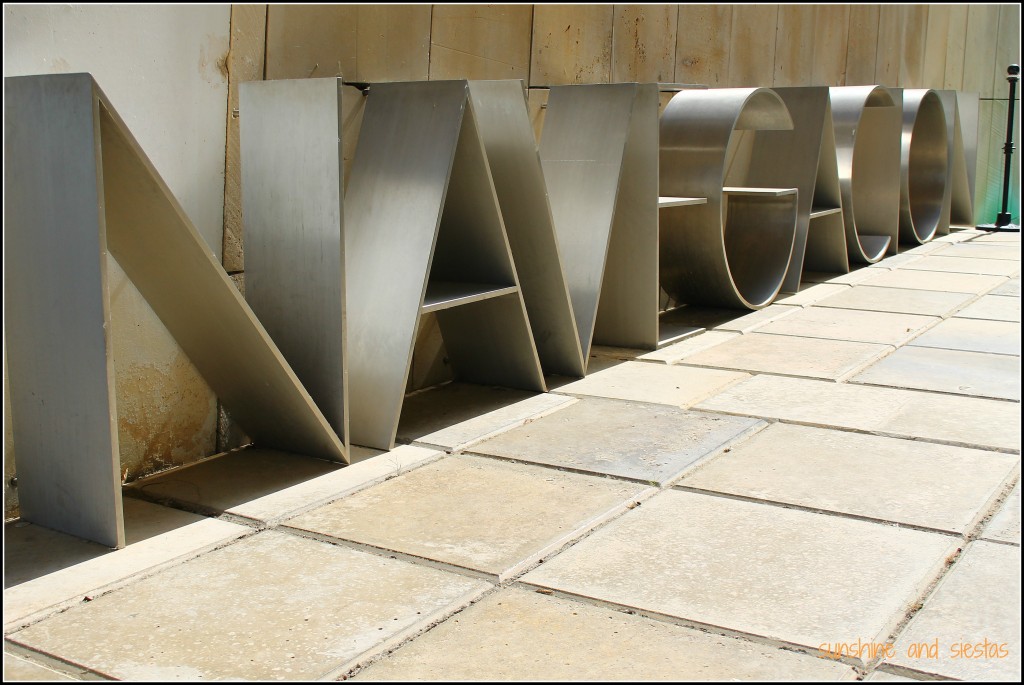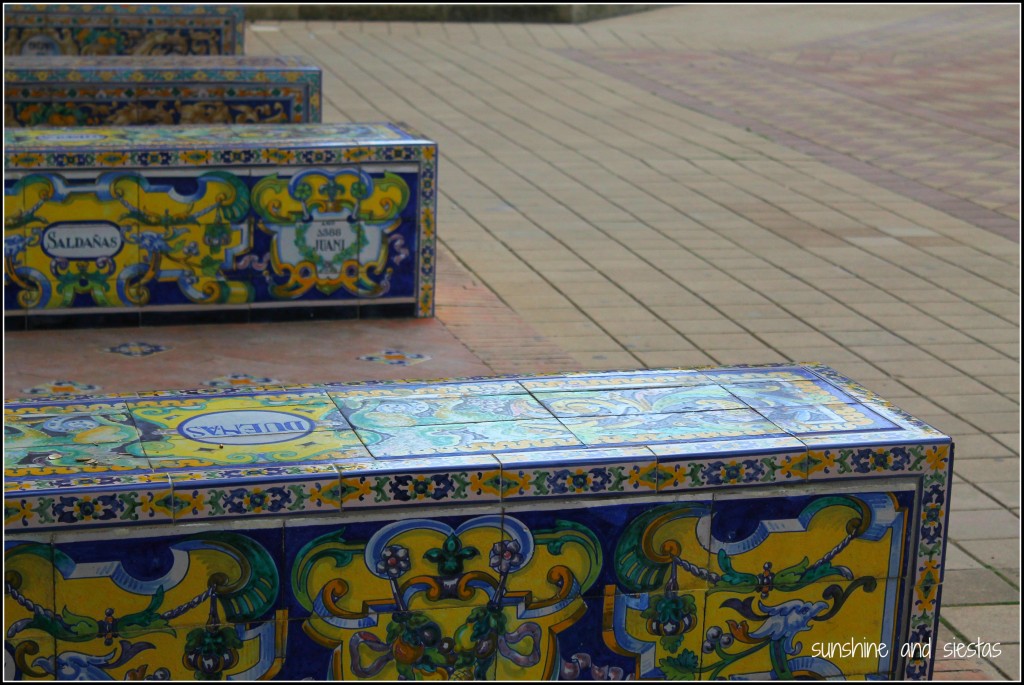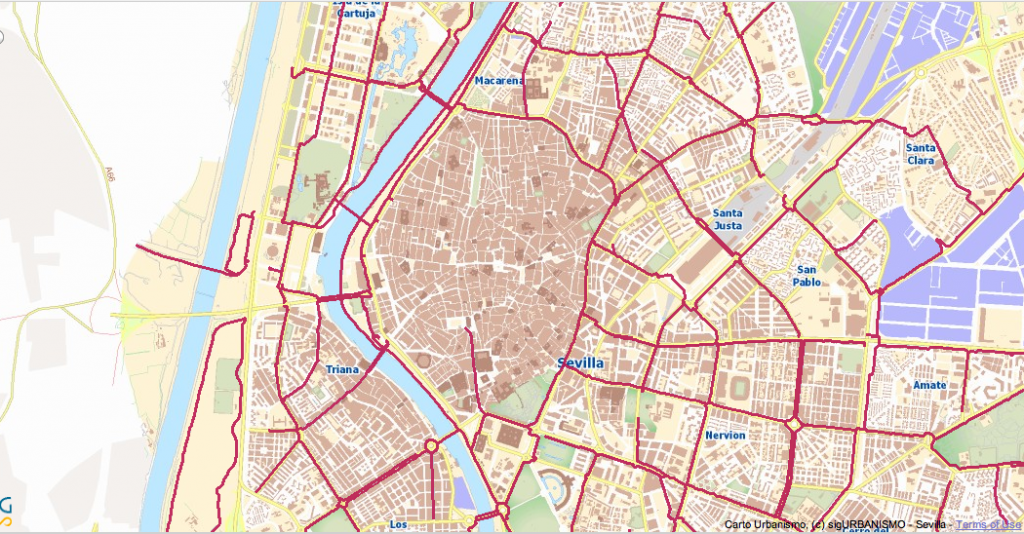When I moved to Seville, I imagined I’d nibble on cheese and cured meats as I had a glass of beer, munch on free tapas and never have to go to the grocery store. Andalucía would practically be enticing me to eat as much as my belly could hold.
Spoiler alert: No free tapas are given with your drink in Seville.
If you want free tapas, try Granada or Jaén, but don’t expect them in the capital city of Sevilla.
Bar staff will occasionally give you a small plate of snacks, but never enough to make a meal. In fact, the origin of the tapa itself is believed to have served a purpose: to cover a drink of sticky-sweet sherry from flies (or perhaps to make sure patrons took it easy on the slosh).
The Novio and I area experienced purveyors of cerveza: we go out once or twice during the work week to have a few beers before dinner, and snack on peanuts or olives while we do. Here’s an unofficial list to bar snacks in Southern Spain:
Olives
Olives are king in Andalucía: it’s estimated that over 2.1 million hectares of soil here are dedicated to producing aceitunas (ah-see-ah-too-nuns). This is far and away the most common snack you’ll receive, and their briny taste matches well with a beer or dry sherry.
Altramuces / “Chochos”
The Novio introduced me (and several friends, just to state the facts) to these weird legumes in a waxy coating. Though they’re really called altramuces (all-tray-moo-thez), sevillanos refer to them as chochos. I’d stick to the proper name.
To eat them, use your incisor tooth to make a small tear in the shell, then force the bean out. It’s a lot of work for just a morsel, but they’re yummy!
Cheese or Cured Meats
While far less common, some bars will give you a few slivers of cured meats or cheeses, plus picos. Apart from the mighty jamón, I love salchichón and any sort of hard cheese.
Shrimp
Truth be told: the Novio and I fell in love over beers and shrimp at La Grande. Nearby Huelva is home to the gamba blanca, and prawns are a common addition to many regional dishes. At its most simple, the shrimp is boiled and sprinkled with sea salt. Say it with me: gahm-buhs.
Nuts
Nuts of any time, called frutos secos (froo-toes say-coz), are served at student bars. Sometimes they’re peanuts, sometimes they’re a mixed bag, but they’re always served extra salty. Almonds are quite popular, too, but they usually come at a small price.
Potato Chips
Is there as beautiful of a marriage as a cold beer and salty potato chips? Those made locally in Andalucía are fried with olive oil and sprinkled with salt. Along with olives, potato chips are quite common fare, called patatas fritas (pah-tah-tahz free-tuhs).
Gummies
Gummy candy, called chucherías or gominolas in the South, are clearly not a palate cleanser for beer or dry sherry. Instead, ask for a small plate of chuches (choo-chase) when you’re out having a cocktail or mixed drink.
Of course, tapas aren’t hard to find, either, and they won’t break your budget. If you need something to tide you over while having a pre-meal drink, be sure to ask the bartender if there’s anything you can snack on.
Are there free tapas where you live, or a variation on these munchies?
